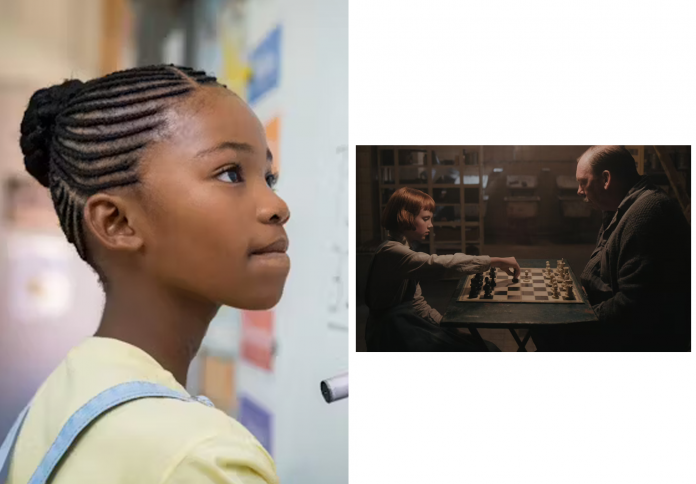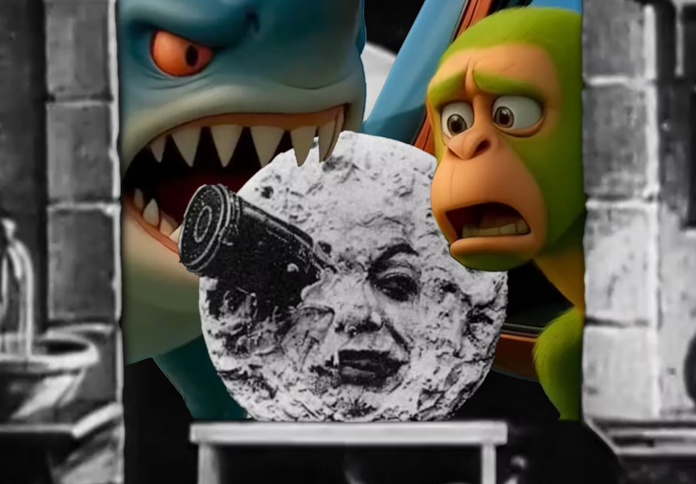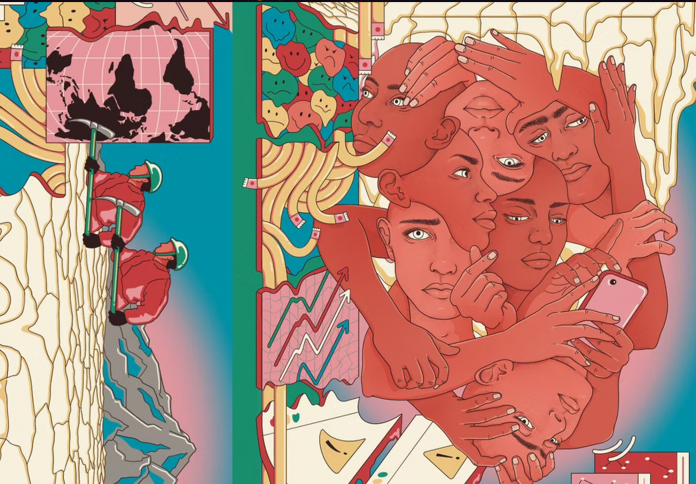Drifting 416 miles west of the Chilean mainland in the vast South Pacific, Robinson Crusoe Island is more than just an obscure speck on the map; it is a legendary repository of buccaneer history, incredible survival tales, and the very foundation of classic adventure literature. Formerly known as Más a Tierra, this volcanic island gained immortality as the real-life prison for the rebellious Scottish privateer, Alexander Selkirk, whose harrowing four years of solitude inspired Daniel Defoe’s timeless novel. Since Selkirk’s eventual rescue in 1709, the island has continually hosted high drama—serving as a key strategic base for pirates, a bleak penal colony for Chilean patriots, and even the site of a dramatic World War I naval engagement. Today, as a UNESCO Biosphere Reserve, it remains a wild, isolated jewel where endemic life thrives and the ghosts of adventure still haunt the cliffs and caves.
The Marooned Mariner Who Changed Literature
The island’s most enduring claim to fame belongs to Alexander Selkirk, a hot-headed Scottish sailor who served as a sailing master aboard the privateer ship Cinque Ports. In 1704, during a privateering expedition against Spanish interests in the Pacific, Selkirk grew convinced that his vessel was dangerously unseaworthy and demanded to be put ashore during a restocking stop at Más a Tierra. His captain, Thomas Stradling, tired of Selkirk’s dissent, obliged, leaving him marooned with only a musket, gunpowder, carpenter’s tools, a knife, and a Bible.

Selkirk’s four years and four months of utter solitude were a brutal test of human will. He survived initially on shellfish and the wild goats introduced by earlier Spanish explorers, eventually growing adept at hunting and utilizing the island’s resources. He learned to climb the steep volcanic terrain and is said to have regularly hiked to the island’s highest point—now called Mirador de Selkirk—to scan the horizon for a rescuing sail. His early efforts to escape the loneliness and fear are immortalized in the lore of the island’s caves, which provided his first shelter.
The experience shaped Selkirk profoundly; rescued in 1709 by a British frigate, his story of against-the-odds survival became a widely publicized sensation back in Britain. This thrilling, true narrative was the primary source of inspiration for Daniel Defoe’s 1719 novel, The Life and Strange Surprizing Adventures of Robinson Crusoe, cementing the island’s place in literary history, even though Defoe’s fictional story was explicitly set in the Caribbean. Today, visitors can still hike to the site where the remains of what is believed to be Selkirk’s old stone hut were discovered, connecting directly to the birthplace of the castaway legend.
A Strategic Haven for Privateers and Prisoners
Even before Selkirk’s involuntary stay, the Juan Fernández Archipelago, which includes Robinson Crusoe Island, had long been a crucial refuge for European privateers and pirates. Lying far off the South American coast, its remote location and abundant fresh water and timber made it an ideal provisioning and hiding spot for buccaneers intent on raiding Spanish galleons and coastal settlements along the western coast of South America. Dutch, English, and French corsairs sporadically used the bays to rest, repair ships, and plan their next attacks during the 17th and early 18th centuries.

The Spanish Crown, attempting to maintain control over the Pacific trade routes, eventually realized the strategic threat these islands posed. In response, they established the first permanent settlement in 1750, constructing the stone fortification of Fuerte Santa Bárbara at Cumberland Bay to ward off invaders. The fort still stands today, overlooking the island’s only town, San Juan Bautista, as a reminder of the island’s strategic value in the colonial era.

However, the island’s isolation proved useful for the Crown as well. Decades later, during Chile’s independence struggle in the early 19th century, the island was transformed into a bleak political prison. Following the disastrous Battle of Rancagua in 1814, hundreds of Chilean patriots accused of leading the revolution were exiled here. They were forced to endure harsh confinement in the damp Cuevas de los Patriotas (Caves of the Patriots) etched into the hillsides above the bay, cementing the island’s dual role as both a romantic refuge and a place of suffering in Chilean history.
Naval Warfare and the Unclaimed £8 Billion Treasure
The island’s dramatic history continued into the modern era, unexpectedly placing it on the map of World War I naval battles. In March 1915, the German light cruiser SMS Dresden, the last surviving cruiser of Admiral von Spee’s East Asia Squadron following his death at the Battle of the Falklands, sought refuge in Cumberland Bay, hoping to be interned by neutral Chilean authorities.

The ship was quickly tracked down and cornered by a larger British naval squadron. Following a brief exchange of fire—the Battle of Más a Tierra—the German captain decided to scuttle the vessel rather than surrender, sending the Dresden to the seabed near the shore. Today, the wreck of the Dresden remains a popular, if somber, dive site, serving as a tangible reminder of the island’s unlikely role as a remote WWI battleground. Cannonballs lodged in the cliffs around the town still serve as physical evidence of the brief, intense clash.
Simultaneously, the island remains the focus of one of the world’s greatest ongoing treasure hunts. Local lore and historical documents suggest that a massive Spanish treasure hoard, worth an estimated US$10 billion, was buried by Spanish navigator Juan Esteban Ubilla y Echeverria in 1714. The legendary trove is rumoured to contain gold and silver coins, and priceless Inca artifacts, including a necklace belonging to the wife of the last Inca emperor, Atahualpa. Though excavation efforts near Puerto Inglés have been highly contested due to environmental concerns, the promise of this staggering, unclaimed fortune continues to draw modern-day adventurers and capture the imagination of the public, adding another layer of mystery to the island’s pirate legacy.
Endemic Wonders and Modern Life on the Archipelago
Despite its turbulent past and the ongoing hunt for wealth, Robinson Crusoe Island—part of the Juan Fernández Archipelago National Park—is primarily a unique ecological sanctuary. Its extreme isolation, situated 600 miles from the mainland, has resulted in an extraordinary level of endemism, meaning a high percentage of its flora and fauna exists nowhere else on Earth. The entire archipelago is recognized as a UNESCO Biosphere Reserve, protecting its unique terrestrial species like the critically endangered Juan Fernández Firecrown hummingbird and the massive, endemic Gunnera tinctoria plant, often nicknamed Chilean giant rhubarb.
The surrounding waters are equally vital, forming one of the largest marine protected areas in the South Pacific, with an astonishing biomass. This pristine environment supports a vast population of Juan Fernández fur seals, which were once nearly hunted to extinction in the 18th century but have made a strong recovery under conservation efforts and are now a major attraction for divers and snorkelers. The rich volcanic waters also support the local economy, which revolves primarily around sustainable fishing.
The local delicacy is the coveted Juan Fernández rock lobster, which is regulated by strict quotas to ensure the species’ long-term survival. The island’s only town, San Juan Bautista, remains small, housing fewer than 1,000 residents who fiercely protect their remote heritage and live a life deeply connected to the sea and the imposing, lush mountains that define this legendary island. They live a quiet life, their routines dictated by the sea and the seasons, a final, peaceful chapter in the island’s long, chaotic history of pirates and castaways.










